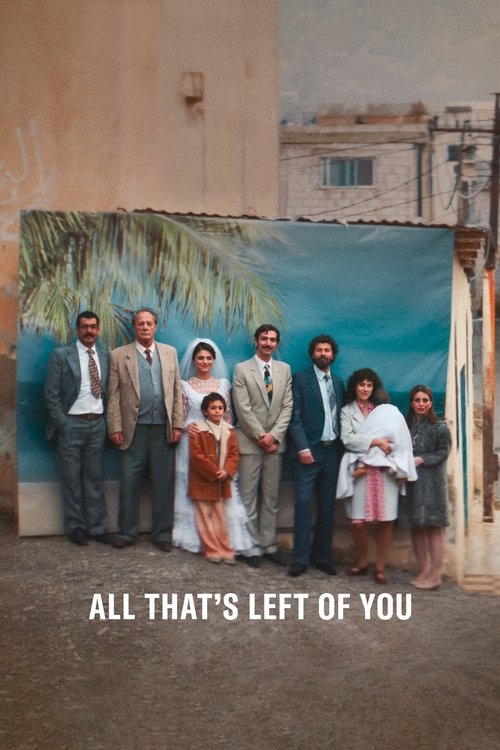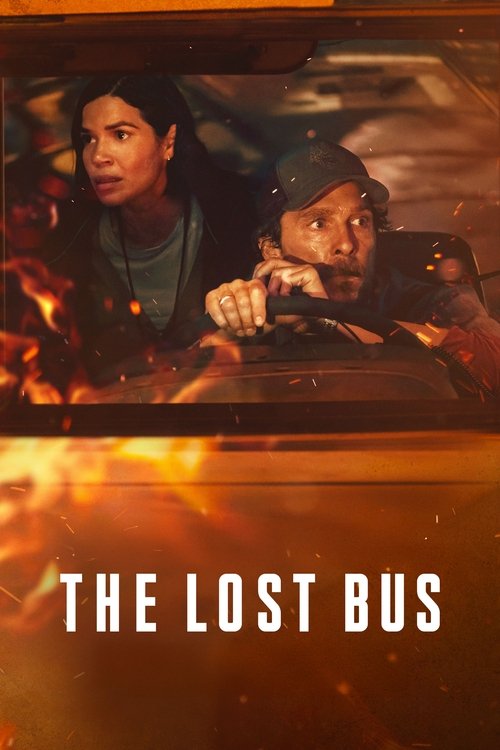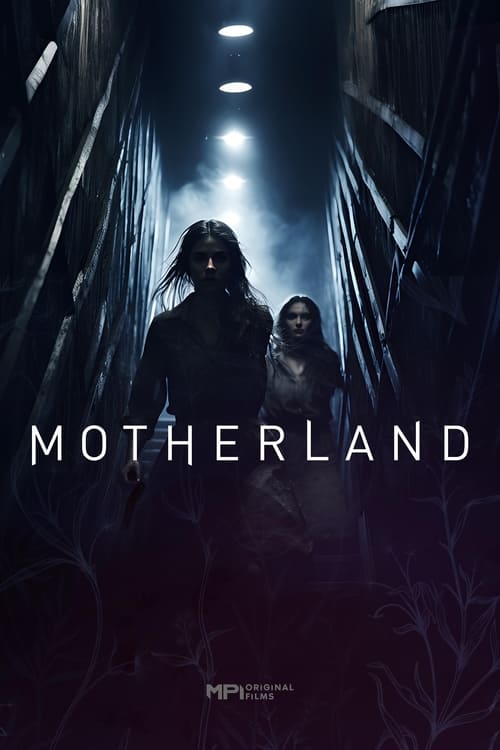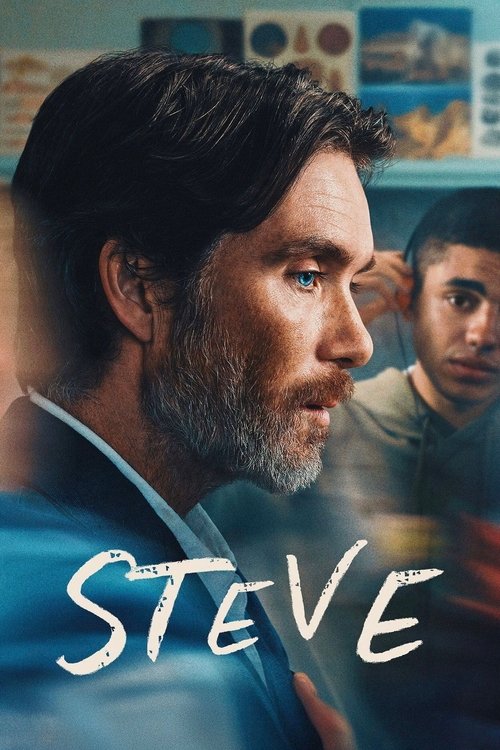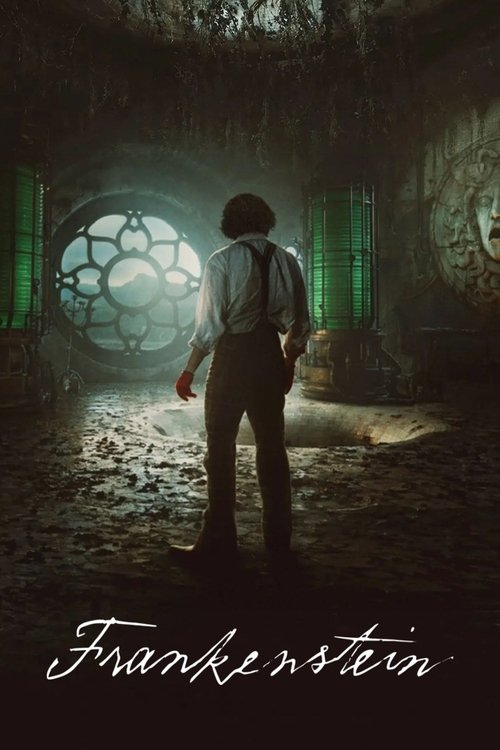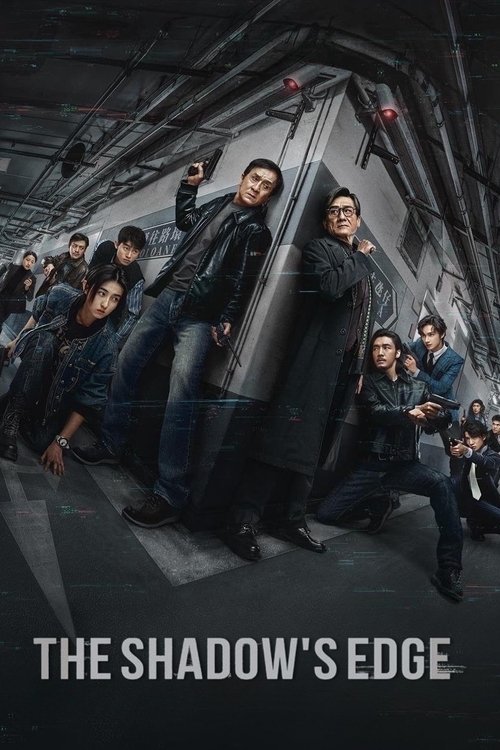
Ask Your Own Question
What is the plot?
A Kali Puja fills the courtyard of a sprawling ancestral mansion in the fictional village of Chandrapur, West Bengal. Flames from clay lamps and the metallic clack of ritual bells punctuate a humid night as villagers gather beneath an enormous, gnarled tree that towers behind the house. During the ceremony a woman goes into labor. Attendees announce that the first newborn is a boy, and a midwife then declares there is a second child. The puja is being led by a woman priest who claims that the Goddess Kali herself visited her in a dream. When the midwife confirms that the second infant is a girl, the father -- the scion of the zamindar household -- forcibly takes the newborn from the mother despite her protestations and brings the baby to the priestess at the altar built on a rock before the haunted tree. The priestess lifts a huge ceremonial sword and begins the motions of an infant sacrifice, but she halts mid-ritual, saying the goddess cannot demand the life of a baby girl. At that moment Joydev, the son of the sarpanch and a man with authority in the village, rips the sword from the priestess's hands. He declares the right to perform the act and drives the blade into the infant girl, killing her on the altar beside the roots of the ancient tree.
Four decades later, Ambika and her husband Shubankar live with their twelve-year-old daughter Shweta in Kolkata. Shubankar, now the grown son of that zamindar family, carries the private burden of the family's violent past; he wonders when and if to tell Shweta about the ancestral household and the dark event she will one day inherit. Joydev, now aged and entrenched as the village sarpanch, arrives at the family's Kolkata apartment and informs Shubankar that his father has died. Shubankar refuses to let Shweta accompany him to Chandrapur; he wants to travel alone to cremate his father and tie up estate affairs. He tells Ambika that he plans to sell the dilapidated palatial property.
On the return trip from Chandrapur, driving away from the estate, Shubankar's car suddenly catches fire under inexplicable circumstances. The blaze starts when a sliver of wood, sheared from one of the huge roots of the same black tree behind the ancestral home, embeds itself in the sole of Shubankar's shoe. Flames erupt around the vehicle; smoke fills the cabin. The car becomes an inferno on the road. Shubankar does not escape and dies in the fire. Ambika receives the news and, stunned by bereavement and the bizarre details of the accident, travels with Shweta to Chandrapur to complete the property sale.
Once in the village, Shweta meets Deepika, the daughter of the household's caretaker, and the two girls strike up a quick friendship. Shweta expresses a desire to visit the massive tree behind the mansion; Deepika resists at first, but yields to curiosity despite village gossip. Villagers warn them that a daitya -- a malevolent being -- lives in that tree, and elders forbid children from going near it. As Shweta approaches, Ambika pulls her back. Shortly afterward the household discovers that Deepika has begun menstruating; she has had her first period. Ambika learns that other village girls have disappeared briefly after their first menstruation but returned unharmed. Medical examinations by the local doctor produce an unsettling discovery: all the girls who were taken no longer menstruate after their return. The doctor finds no signs of bruising, assault, or physical injury on any of the returned girls, but their reproductive cycles have stopped.
Ambika intends to leave Chandrapur and return to Kolkata, but these strange occurrences make her decide to stay and investigate. A local police officer, Sarfaraz, joins her inquiry. He is skeptical of supernatural explanations and believes human agency explains the disappearances. Ambika and Sarfaraz escort the returned girls to a clinic; the doctor repeats his finding that the girls bear no physical trauma yet show cessation of menstruation. Meanwhile, an elderly servant who once served at the zamindar house brings Ambika a manuscript that belonged to Shubankar. Ambika reads it and uncovers the manuscript's account of a long-standing curse tied to the village, the Kali Puja rites and an entity named Aamsaja: a blood daitya said to dwell within the roots and trunk of the great tree. The manuscript details human sacrifices performed generations ago, the ritual language used to placate the entity and the belief that the tree serves as a repository for a malignant presence capable of possessing or influencing the living.
As Ambika studies the manuscript, she sees a pattern: the daitya Aamsaja targets girls immediately after they reach puberty. The legend recorded in the pages asserts that the creature seeks to propagate itself by using human females, and the pages imply that someone in the present is manifesting the daitya's will. When Ambika presses her investigation, the danger becomes personal. Aamsaja turns its attention toward Shweta, the adolescent daughter who has reached an age corresponding to the creature's prior victims. Ambika decides to flee Chandrapur with Shweta, planning to return to Kolkata and the safety of the city. Before they can leave, a violent assault on their household unfolds: the previously abducted girls, now under Aamsaja's influence, act as agents of the entity and seize Shweta. The girls swarm the property and forcibly remove her, taking her toward the tree.
Ambika races to retrieve her daughter and calls for Sarfaraz. The police officer traces clues and, during the course of his investigation, realizes that Joydev's behavior and influence in the village coincide with the pattern of disappearances and control over the afflicted girls. Confronted, Joydev declares that he is the human vessel of Aamsaja -- that the demon manifests through his body and will. The revelation escalates the threat from rumor to immediate peril: the figure who once ordered the child sacrifice forty years earlier now stands as the living face of the malevolent daitya. Joydev's eyes and voice change as he speaks, revealing the monstrous consciousness using him as a host.
Ambika experiences a dream in which the Goddess Kali appears. The dream drives her to the mansion's private temple; she resolves to perform a Kali Puja there. The mansion's temple is locked by tradition; villagers say its doors open only when someone is visited by a genuine dream of the goddess. Ambika's vision of Kali causes the temple doors to unlock, and she sets up the ritual. As she prepares for the puja, she undergoes an intense personal transformation, adopting the posture and fervor of a matriarchal protector ready to fight a demonic threat to her child. Sarfaraz stands with her; the two attempt to draw Aamsaja out and reverse the creature's hold on the missing girls.
When Joydev, possessed by Aamsaja, confronts Ambika at the temple, the encounter turns violent. Amsaja lashes out, attempting to kill Ambika and remove Shweta as part of a plan to produce progeny for the daitya. Ambika endures blows and supernatural assaults; Aamsaja nearly succeeds in killing her, battering her body and forcing her toward the altar. Ambika sustains injuries in the struggle, but she forces herself to continue the ritual, chanting, striking the bells and arranging offerings. At the height of the confrontation, with the missing girls encircling the compound and Joydev/Aamsaja lunging to take Shweta from Sarfaraz's desperate grasp, Ambika engages the possessed man directly. She counters his attacks and, during the scuffle at the altar, she kills the demon occupying Joydev's body. She pushes Joydev back onto the stone and ends the creature's life; the mortal vessel that bore Aamsaja ceases moving. The manuscript's history and Ambika's ritual create an opening that she exploits; using the ritual implements at hand and the intensity of the puja, she defeats the daitya and slays the man who had been its mask.
After the fight, the village's old priestess -- the same woman who forty years earlier claimed a dream of Kali and who had stood at the original puja -- confronts Ambika with a further revelation. The priestess states that during the conflict the truth of Shweta's condition became known: Shweta had been carrying the daitya's child. According to the elder woman, the only way to prevent the birth and the continuation of the curse was to sacrifice the girl carrying the child. Ambika faces an impossible choice. Under direction from the priestess and in belief that no other option exists to halt the demon's line, she prepares to offer her own daughter to the altar for the greater good of the village. Ambika holds the child at the temple's stone altar and lifts the ceremonial blade to perform the act.
Just as Ambika moves to strike, the priestess reaches out and stops her hand. The old woman declares that the test has been completed, that Ambika's willingness to sacrifice Shweta proved the depth of her resolve, and that the thing that was growing within the girl no longer exists. The priestess explains that the process Ambika endured -- the ritual, the confrontation, the challenge of choosing between her child and the community -- served to break the daitya's hold. Shweta has not lost her life; the pregnancy or infestation that the priestess had feared is gone. Ambika releases the blade and collapses with relief and agony, having come to the brink of committing infanticide to end an ancient curse.
In the aftermath, the missing girls return to their lives. The doctor re-examines them and confirms that while their cycles did not resume immediately, they have survived their ordeal physically unharmed. The mansion's temple settles back into quiet. Joydev lies dead, his body a motionless shell where the daitya once spoke. Shubankar's cremation is complete; his earlier death in the car fire remains a vivid reminder of the tree's role in the village's misfortunes.
During the film's final moments, Ambika, Shweta and Sarfaraz stand at the edge of the ash-scattered forest near the great tree. The community begins to reckon with what they have lost and what they have narrowly avoided repeating. As the credits begin to roll, a man named Vanraj -- dressed in a hoodie, baggy pants and boots -- walks through the charred remains of the forest. He treads among scorched roots and blackened earth, and the camera follows him as he appears to absorb whatever residue remains of Aamsaja's power from the scorched landscape. Vanraj moves away from the site, taking with him an ambiguous trace of the demon's strength as the screen fades to black.
What is the ending?
The movie "All That's Left of You" (2025) ends with the Palestinian teen Noor confronting Israeli soldiers at a West Bank protest, a moment that his mother Hanan reflects upon by recounting their family's multigenerational story of displacement, trauma, and hope. The film closes on a note of spiritual reconciliation and enduring resilience despite the ongoing conflict.
Expanded narrative of the ending scene by scene:
The final sequence begins with Noor, the Palestinian teenager, actively participating in a protest in the West Bank. The tension is palpable as Israeli soldiers confront the demonstrators. Noor stands defiantly, embodying the accumulated anger and hope of his family's history. This confrontation is the catalyst for the film's framing device, where his mother Hanan begins to narrate the family's story to provide context for Noor's actions.
Hanan's narration takes the audience back through decades of Palestinian history, starting with Noor's grandfather Sharif's life in Jaffa before the 1948 Nakba. Sharif is shown teaching his son Salim to love poetry and literature, symbolizing a peaceful, prosperous life rooted in their homeland. However, the British Mandate's collapse and the ensuing war force Sharif's family from their home, marking the beginning of their displacement.
The story moves forward to Salim's experiences in the West Bank refugee camp, where he endures humiliation and dehumanization at the hands of Israeli soldiers. A key moment is when young Noor witnesses his father's submission to these abuses, which strains their relationship and shapes Noor's own political awakening.
As the narrative progresses, the film depicts the family's struggles through the decades, including the first Intifada and the ongoing occupation. Salim and Hanan, Noor's parents, grapple with their trauma and anger but eventually seek spiritual guidance and reconciliation, choosing a path different from Sharif's elder generation, who longed for return and resistance.
Returning to the present, the film shows Noor's protest again, now understood as the culmination of his family's history of hope, courage, and relentless struggle. The protest scene is charged with emotion, but the film does not depict a violent resolution; instead, it emphasizes the endurance of the family's spirit.
The fate of the main characters at the end is as follows:
-
Noor remains a symbol of the new generation caught in the ongoing conflict, actively resisting but also shaped by his family's legacy.
-
Hanan, Noor's mother, serves as the storyteller and moral center, reflecting on the past to find meaning and hope.
-
Salim, Noor's father, is portrayed as a man who has endured humiliation and trauma but ultimately seeks peace and spiritual solace.
-
Sharif, the grandfather, represents the original displacement and loss, his story anchoring the family's history.
The film closes with a message of resilience and the possibility of reconciliation, acknowledging the pain and trauma without diminishing it, and leaving the audience with a sense of enduring hope amid conflict.
Is there a post-credit scene?
There is no available information indicating that the movie titled All That's Left of You (2025) has a post-credit scene. The search results do not mention this film having any post-credit or mid-credit scenes, nor do they provide any description of such a scene. The sources that discuss post-credit scenes focus on other movies or general information about film credits but do not reference All That's Left of You specifically. Therefore, based on the current data, it appears that All That's Left of You does not feature a post-credit scene.
What specific event causes Noor to confront Israeli soldiers at the West Bank protest?
Noor, the Palestinian teen, confronts Israeli soldiers during an impromptu protest in the West Bank in 1988, which escalates into violence and leads to Noor being shot. This event is pivotal and triggers his mother to recount the family's history and struggles.
How does Salim’s experience with Israeli soldiers affect his relationship with his son Noor?
Salim is humiliated and forced into submission by Israeli soldiers during a curfew violation, which traumatizes both him and his son Noor. Noor develops hatred toward Salim for what he perceives as cowardice, while Salim is devastated by the loss of his dignity and the fear that his son will hate him for life.
What role does Noor’s mother, Hanan, play in the narrative?
Hanan, Noor's mother, serves as the narrator who recounts the family's history and the events leading up to Noor's confrontation at the protest. She provides the emotional and historical context that connects the family's past struggles with their present situation.
How are the different generations of the family portrayed across the film’s timeline?
The film spans four time periods (1948, 1978, 1988, and 2002), showing the family's experiences from Noor's grandfather Sharif's life during the 1948 Nakba and displacement, to Salim's struggles in later decades, and finally to Noor's rebellion. Each generation's story reveals the lasting impact of displacement, trauma, and occupation on their identity and relationships.
What is the significance of the scene where Salim is forced to defame his wife in front of Noor?
This harrowing scene occurs when Israeli soldiers force Salim at gunpoint to publicly defame his wife Hanan to gain safe passage home. It is a life-altering moment that deeply affects the family's dignity and psychological state, illustrating the brutal humiliations they endure under occupation.
Is this family friendly?
The movie All That's Left of You (2025) is not family-friendly and contains themes and scenes that may be upsetting or objectionable for children and sensitive viewers. It deals with heavy and painful subjects such as war, political repression, generational trauma, and loss within a Palestinian family under Israeli occupation.
Potentially upsetting aspects include:
- Depictions of violence and political conflict, including protests and the consequences of occupation.
- Emotional scenes involving family suffering, death, and trauma.
- References to loss of home, imprisonment, and harsh living conditions.
- Intense emotional moments related to grief and intergenerational pain.
- The film's tone is serious, somber, and confrontational, with a focus on the harsh realities of war and repression rather than light or uplifting content.
Because of these mature and intense themes, the film is best suited for adult audiences or mature teens with the capacity to process complex political and emotional issues. It is not appropriate for young children or viewers sensitive to distressing content.

